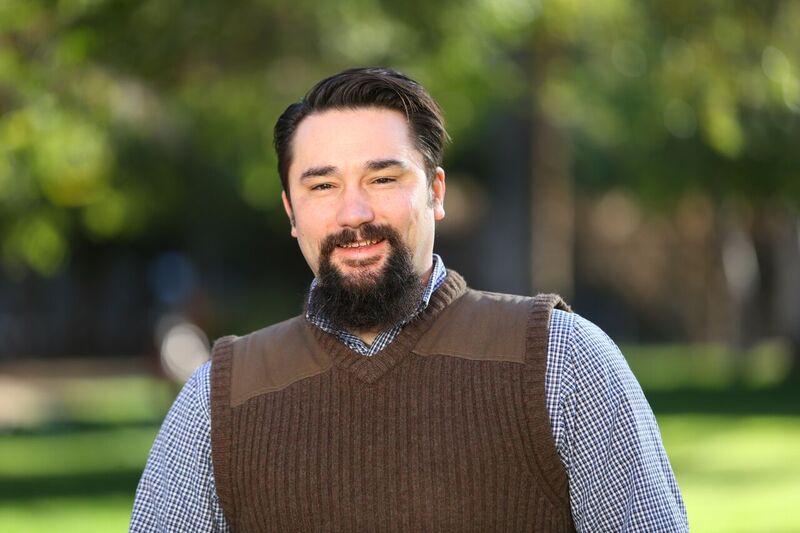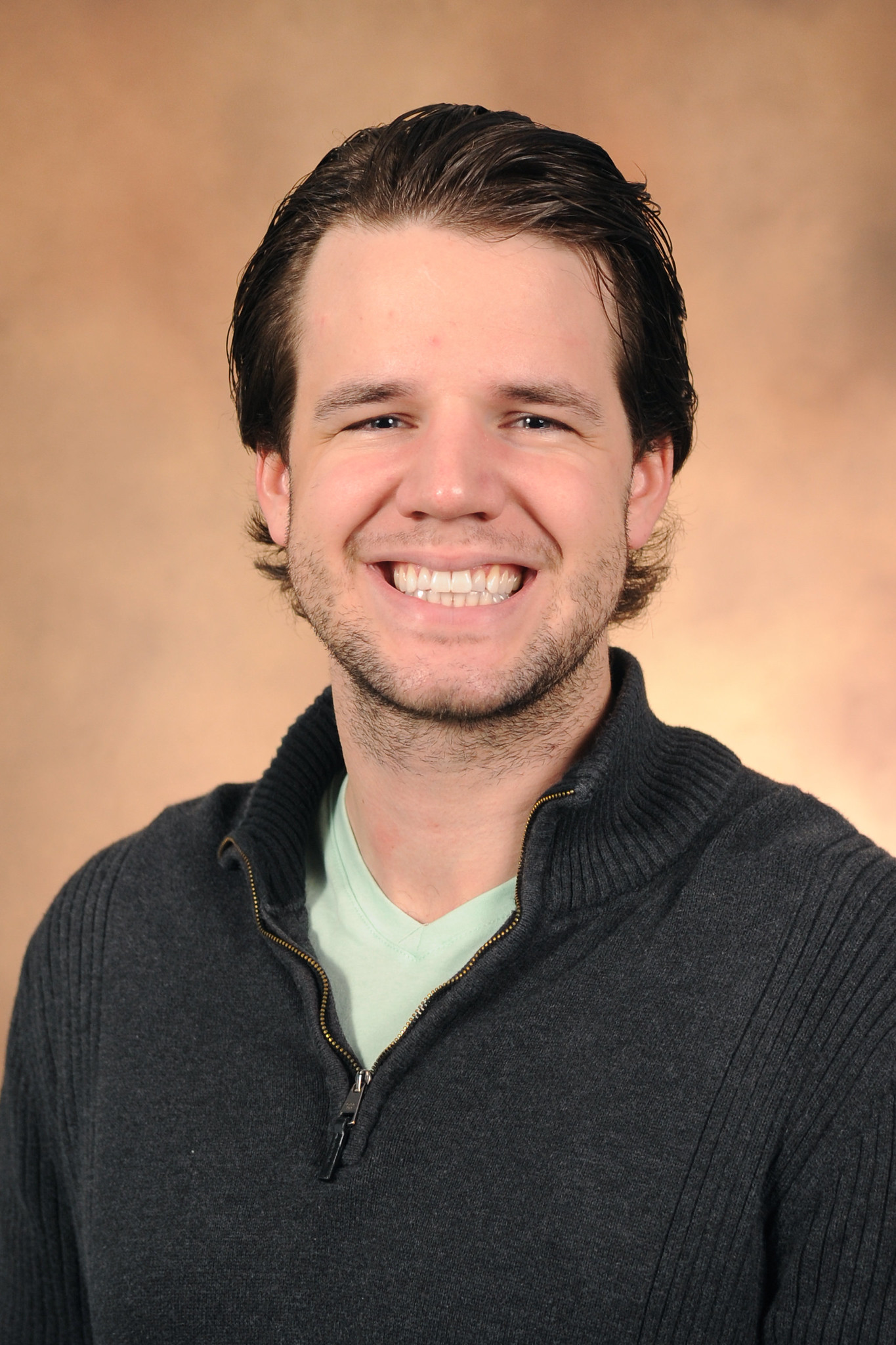Study offers new insights for sun-gathering technologies

Cover of ACS Applied Energy Materials depicting a catalyst-modified solar cell producing hydrogen fuel under varying lighting conditions. Graphic by Jason Drees
Every hour, the sun saturates the earth with more energy than humans use in a year.
Harnessing some of this energy to meet global demand has become a grand challenge, with the world poised to double its energy consumption in just 30 years.
In a new study, researchers at Arizona State University's Biodesign Center for Applied Structural Discovery and ASU’s School of Molecular Sciences take a page from nature’s lesson book. Inspired by the way plants and other photosynthetic organisms collect and use the sun’s radiant energy, they hope to develop technologies that harvest sunlight and store it as carbon-free or carbon-neutral fuels.
"This article describes a general yet useful strategy for better understanding the role of catalysts in emerging technologies for converting sunlight to fuels," corresponding author Gary Moore said.
The research appears in the current issue of the American Chemical Society journal Applied Energy Materials and graces its cover.
Despite the advances in solar panel technologies, their limitations are apparent. Researchers would like to store accumulated energy from the sun in a concentrated form, to be used when and where it is needed.
Catalysts — materials that act to speed up the rate at which chemical reactions occur — are a critical ingredient for harvesting sunlight and stockpiling it as fuels, through a process known as photoelectrosynthesis.
As the authors demonstrate, however, the effectiveness of catalysts is critically dependent on how they are used in new green technologies. The goal is to maximize energy efficiency and where possible, make use of earth-abundant elements.
Gary Moore is a researcher at the Biodesign Center for Applied Structural Discovery and ASU’s School of Molecular Sciences.
According to Brian Wadsworth, researcher in the Center for Applied Structural Discovery and lead author of the new study, a less-is-more approach to catalysts may improve the performance of photoelectrosynthetic devices:
Brian Wadsworth is a researcher at the Biodesign Center for Applied Structural Discovery and ASU’s School of Molecular Sciences.
"There is a traditional notion that relatively high loadings of catalyst are beneficial to maximizing the reaction rates and related performance of catalytic materials,” Wadsworth said.
“However, this design strategy should not always be implemented in assemblies involving the capture and conversion of solar energy as relatively thick catalyst layers can hamper performance by screening sunlight from reaching an underlying light-absorbing material and/or disfavoring the accumulation of catalytically-active states.”
The new research provides a framework for better understanding catalytic performance in solar fuel devices and points the way to further discoveries.
This work was supported in part by a National Science Foundation Early Career Award. Moore is also the recipient of a 2020 Camille Dreyfus Teacher-Scholar Award and a 2020 Department of Energy Early Career Award.
More Science and technology

4 ASU researchers named senior members of the National Academy of Inventors
The National Academy of Inventors recently named four Arizona State University researchers as senior members to the prestigious…

Transforming Arizona’s highways for a smoother drive
Imagine you’re driving down a smooth stretch of road. Your tires have firm traction. There are no potholes you need to swerve to…

The Sun Devil who revolutionized kitty litter
If you have a cat, there’s a good chance you’re benefiting from the work of an Arizona State University alumna. In honor of…



